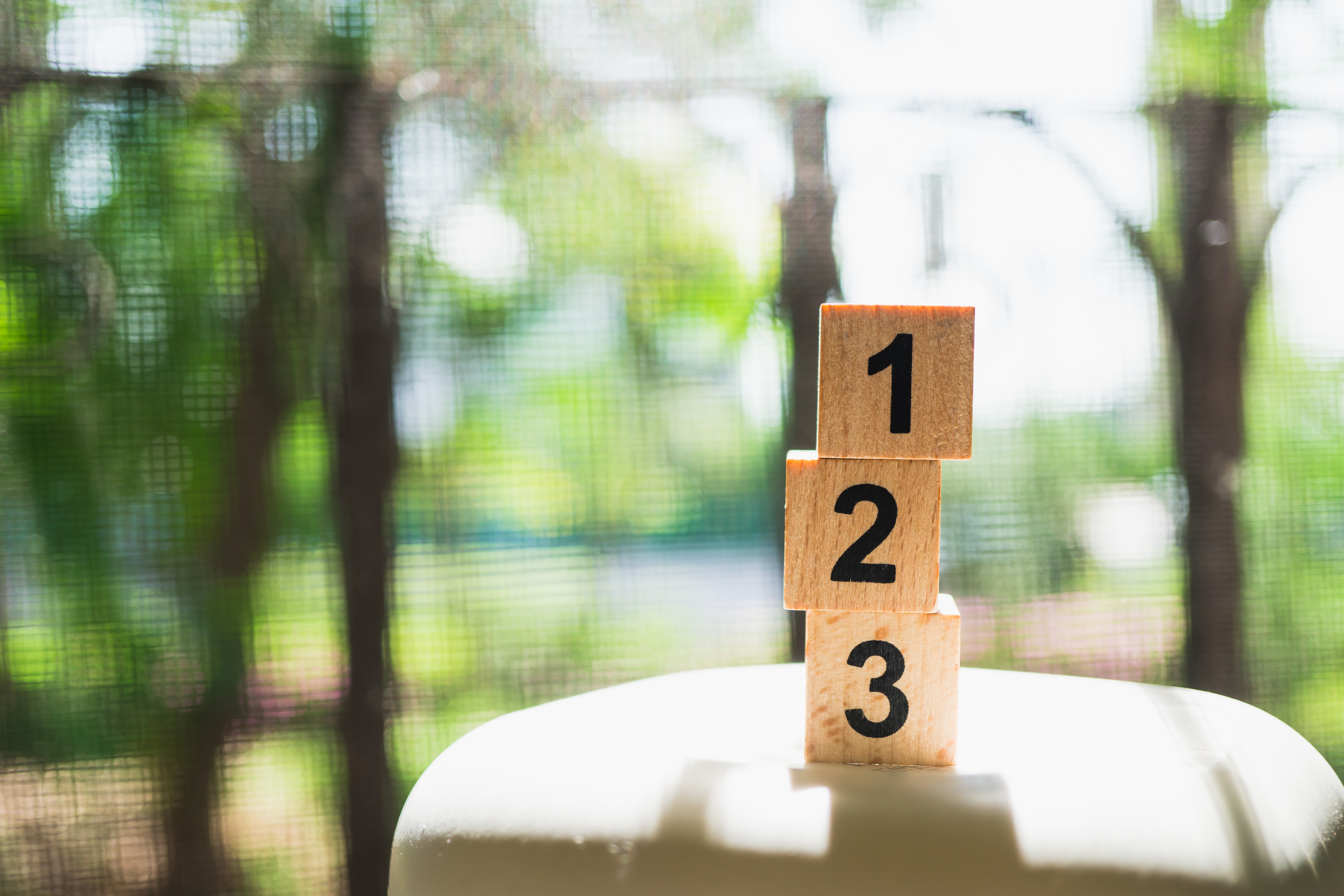
1. DREAMers don’t have access to financial aid. They can’t pay for college

1. DREAMers don’t have access to financial aid. They can’t pay for college
Inequitable access to higher education puts DREAMer students at a unique disadvantage. Only about 5 to 10 percent of the estimated 98,000 undocumented students graduating high school each year enroll in college. As DREAMers are considered undocumented, they are ineligible for federal financial aid such as Federal Pell Grants, Federal Work-Study, and Federal Direct Student Loans (i.e., Direct Loans). The hope is that the Biden administration plans to change eligibility requirements for federal student aid will provide new access for DREAMers to community college or up to two years without paying tuition
2. The lack of equity is also geographical.
Many DREAMers suffer simply because they grew up in certain states. The patchwork of different state laws places additional barriers to access to higher education. Unlike attending grade school, which is a right guaranteed by federal law, a college education is not a given. Some states offer DREAMers in-state tuition and public admission. Other states offer some sort of financial aid. Unfortunately, there are still a number of states — including Alabama, Arizona, Georgia, Indiana, Missouri, and South Carolina— that completely bar undocumented immigrant students from any in-state tuition benefits.
3. An estimated 98,000 DREAMers graduate from high school every year. This accounts for an 80% DREAMer high school graduation rate
Importantly, studies show that the age when children arrive in the United States is a key predictor of academic success. Students who immigrated at 6 or older are more likely to drop out, be identified as English Learners (ELs), or have lower graduation rates (66%) than those who arrived at younger ages.
Join the celebration. Support immigrants.